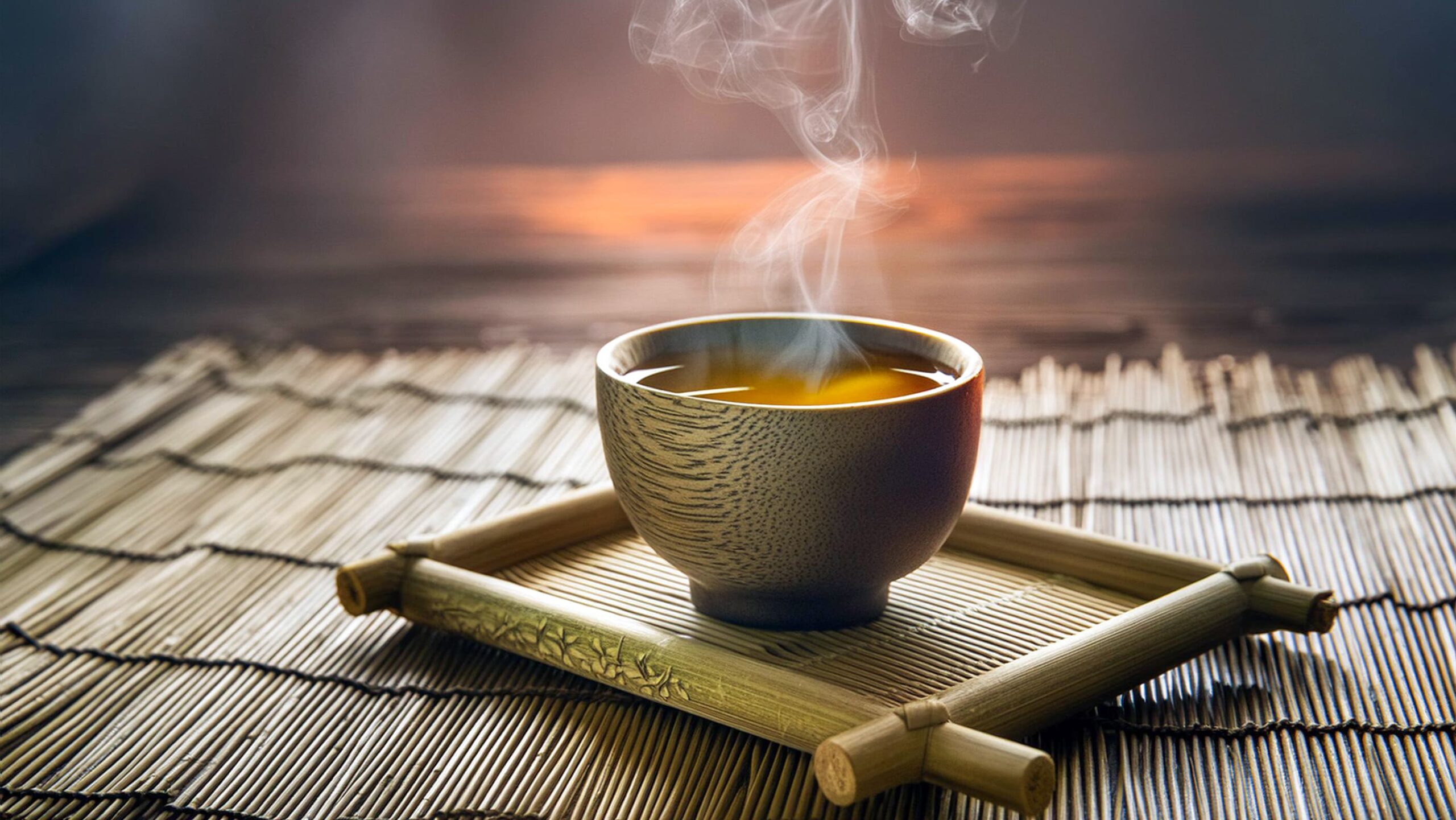


Hojicha, a delightful roasted green tea, holds a special place in the world of Japanese teas. From its humble beginnings to its rising global popularity, hojicha has captivated tea enthusiasts with its unique flavor and cultural significance. Join us as we journey through the history and evolution of hojicha, exploring its traditional roots and modern-day allure.
Hojicha was first developed in Kyoto, Japan, during the early 20th century. The creation of hojicha is attributed to tea merchants who roasted leftover bancha (a type of Japanese green tea) to prevent wastage. This roasting process not only extended the shelf life of the tea but also imparted a toasty, caramel-like flavor that set hojicha apart from other green teas. Over time, this accidental discovery grew in popularity, leading to the intentional production of hojicha from various tea grades. For more on the origins and unique characteristics, check out our post Exploring Hojicha: A Toasty Twist on Traditional Green Tea.
Hojicha quickly became an integral part of Japanese tea culture. Its mild, earthy flavor and low caffeine content made it a popular choice for evening tea and for serving to children and the elderly. Unlike the formal tea ceremonies associated with matcha, hojicha is often enjoyed in more casual settings, reflecting its humble origins. It is commonly served with meals or as a comforting drink before bedtime, embodying the spirit of everyday Japanese life.

The traditional production of hojicha involves roasting bancha or other types of green tea over high heat until the leaves turn a reddish-brown color and emit a distinct, toasty aroma. Modern methods have refined this process, allowing for more control over the roasting temperature and duration to achieve consistent quality. Some producers, like Kametani, experiment with different roasting techniques to create unique flavor profiles, from lightly roasted hojicha with subtle sweetness to deeply roasted varieties with rich, smoky undertones. To explore the versatility and modern uses of hojicha, read our post Hojicha: From Traditional Tea to Modern Culinary Ingredient.
As Japanese cuisine and culture have gained international acclaim, so too has hojicha found its way into the hearts of tea drinkers around the world. In countries like the United States, Canada, and various European nations, hojicha is celebrated for its versatile flavor and health benefits. Notably, Starbucks has introduced hojicha lattes in some of its stores, showcasing the tea’s adaptability and appeal to a global audience. Whether enjoyed as a hot brew, iced tea, or as a base for lattes and desserts, hojicha’s universal appeal continues to grow.

Hojicha is not only delicious but also offers several health benefits. Recent studies have highlighted its antioxidant properties, which help combat oxidative stress and inflammation in the body. Additionally, the low caffeine content makes it an ideal choice for those seeking a relaxing beverage without the jitters. Hojicha is also known to aid digestion, promote relaxation, and support cardiovascular health.
For a more detailed look at the health benefits of hojicha, check out our blog post 6 Surprising Health Benefits of Hojicha. These benefits make it a valuable addition to a healthy lifestyle, reaffirming the traditional wisdom of enjoying hojicha for well-being.
The future of hojicha looks promising as more people discover its unique qualities and health benefits. Innovations in production and new culinary applications continue to emerge, expanding the possibilities for hojicha consumption.
Kametani is at the forefront of this movement, exploring new roasting techniques and collaborating with major food and beverage companies worldwide to create innovative hojicha-based products alongside matcha and other green teas. From hojicha-infused chocolates to skincare items, the versatility of hojicha knows no bounds. As the world embraces the charm of this roasted green tea, we can expect to see hojicha make even greater strides in the global market.

Hojicha’s journey from its traditional origins to modern-day popularity is a testament to its enduring appeal. Whether enjoyed in a cozy Japanese home or a trendy international cafe, hojicha offers a delightful experience that transcends borders. We invite you to explore the rich history and benefits of hojicha, and to savor the warmth and comfort it brings. Try Kametani’s premium hojicha today and be part of this exciting tea tradition.